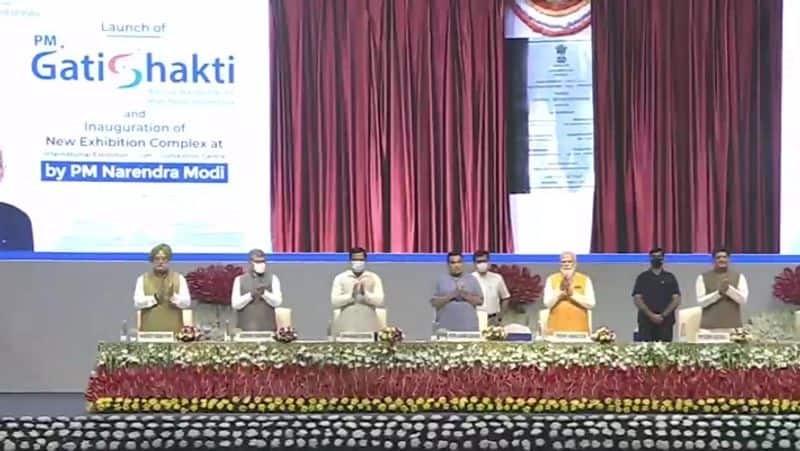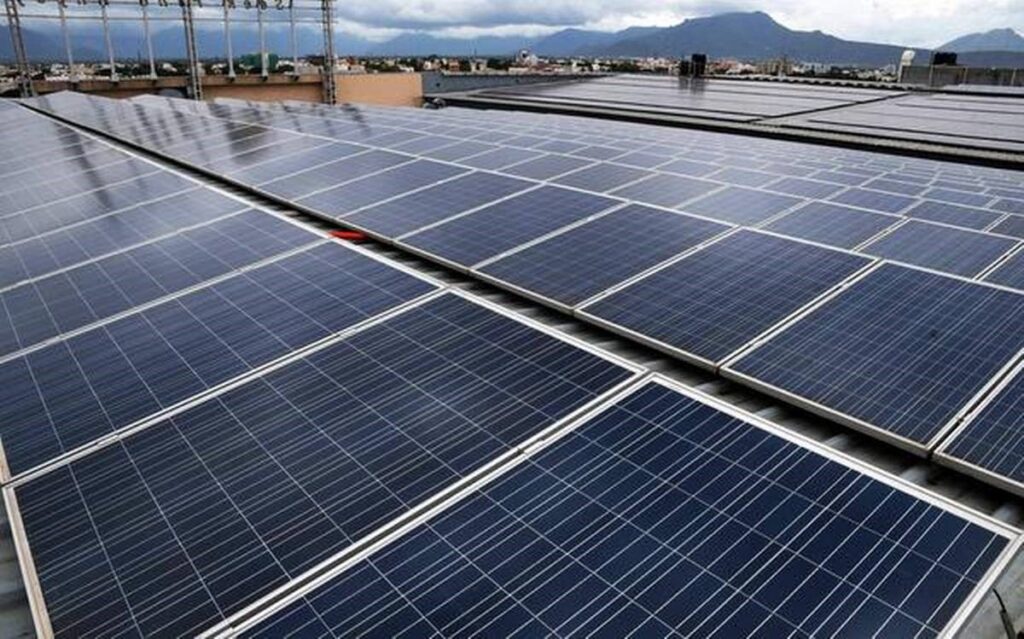Nation’s New Shakti through ‘Gati-Shakti’

Keeping in line with the reforms agenda, on an auspicious day of “Ashtami”, India launched an ambitious far-reaching 100-Lakh crore “Gati-Shakti” master plan to accelerate holistic infrastructure development program to boost employment opportunities and productivity of the industries.
Prime Minister Narendra Modi has launched the scheme on 13th October 2021 and it was announced on 15th August 2021. This program aims to create a national master plan with multi-modal connectivity and to make the country’s youth, industries self-reliant.
The wide gap between macro planning and micro implementation and lack of coordination between various ministries has led to delays in the completion of projects and wastage of allocated budget.
Under this program, 16 government ministries including railways, roads, and transport, power, shipping amongst others will come together on a common platform for integrated implementation of infrastructure development projects to ensure quick completion, reduced wastage, and vast efficiencies aligned with the master development plan.

The strategy includes bringing different infrastructure schemes like “Bharatmala”, “Sagarmala”, Inland Waterways, together with textile and pharmaceutical clusters, defense, and industrial corridors to boost logistics and best in class infrastructure facilities.
This strategy will remove departmental silos for infrastructure development and proactively speed up big-ticket investment opportunities. A well-coordinated, integrated approach for implementation of the national master plan for infrastructure development would imply national savings and systemic economic growth
Gati-shakti is based on six pillars – comprehensiveness, prioritization, optimization, synchronization, being analytical, and dynamic. These are the objectives that come under the Gati Shakti Master Plan:
- Roadway capacity to be increased
- Railway transport cargo capacity to be increased to 1,600 tones by the financial year 2025.
- Around 200 new airports, heliports, and water aerodromes are expected.
- Transmission network to be increased to 4,54,200 circuit km.
- 4G connectivity for villages by the financial year 22 and around 20 new mega food parks are expected.
- Renewable capacity to be increased to 225 GW by the financial year 25 and 450 GW by 2030.
Under this plan, 11 industrial corridors and two new defense corridors in Tamil Nadu and UP are to be developed. The national highways network to 2 lakh km to be expanded.

PM has announced to run 75 Vande Bharat Express trains to every corner of the country. It will help transportation of products across the country. A new gas pipeline of 17000 km is expected to be completed under this plan.
PM expressed pride that India is progressing in all sectors be it environmental security, biodiversity, climate change, waste recycling, or organic farming. The master plan is expected to generate large-scale employment opportunities, reduce logistic costs and wastage, improve the local supply chain, and make local produce globally competitive.
The Geographic Information System in the digital platform will help get relevant information on any region’s topography, and satellite images. Under this master plan, all state governments are being encouraged to come on the common platform so that information and data about infrastructure and connectivity can be shared.
India’s aspiration of becoming a $5 trillion economy can be achieved if the timely execution of the project happens. The project aims at timing and capacity building.